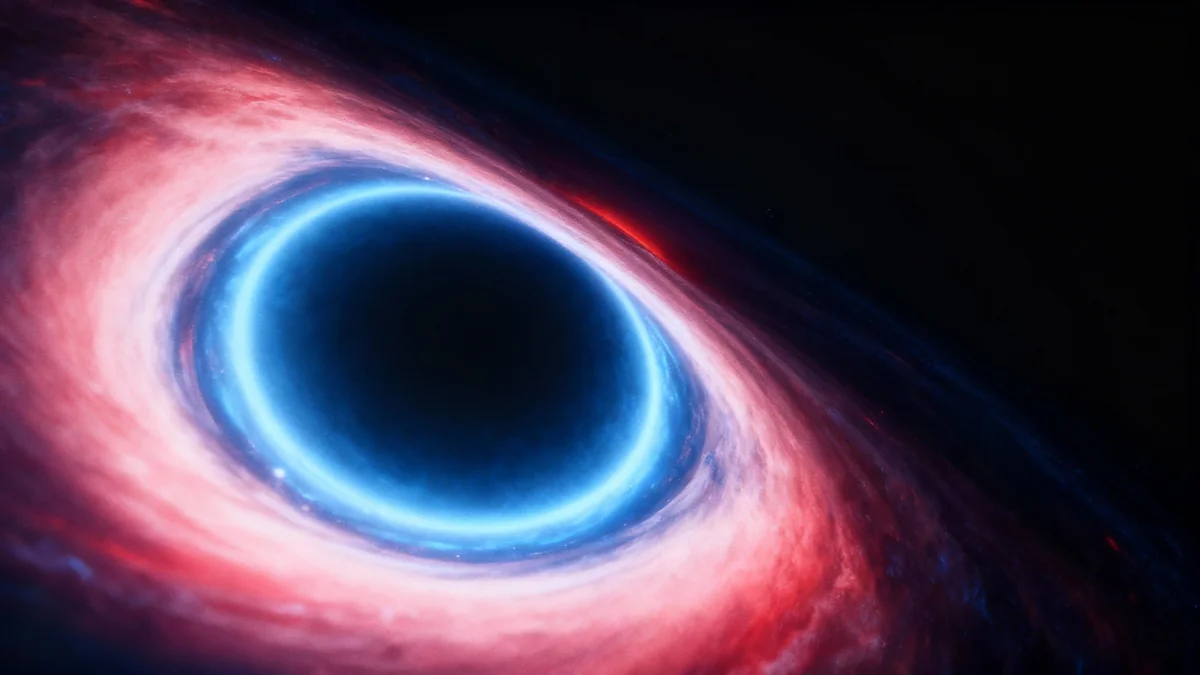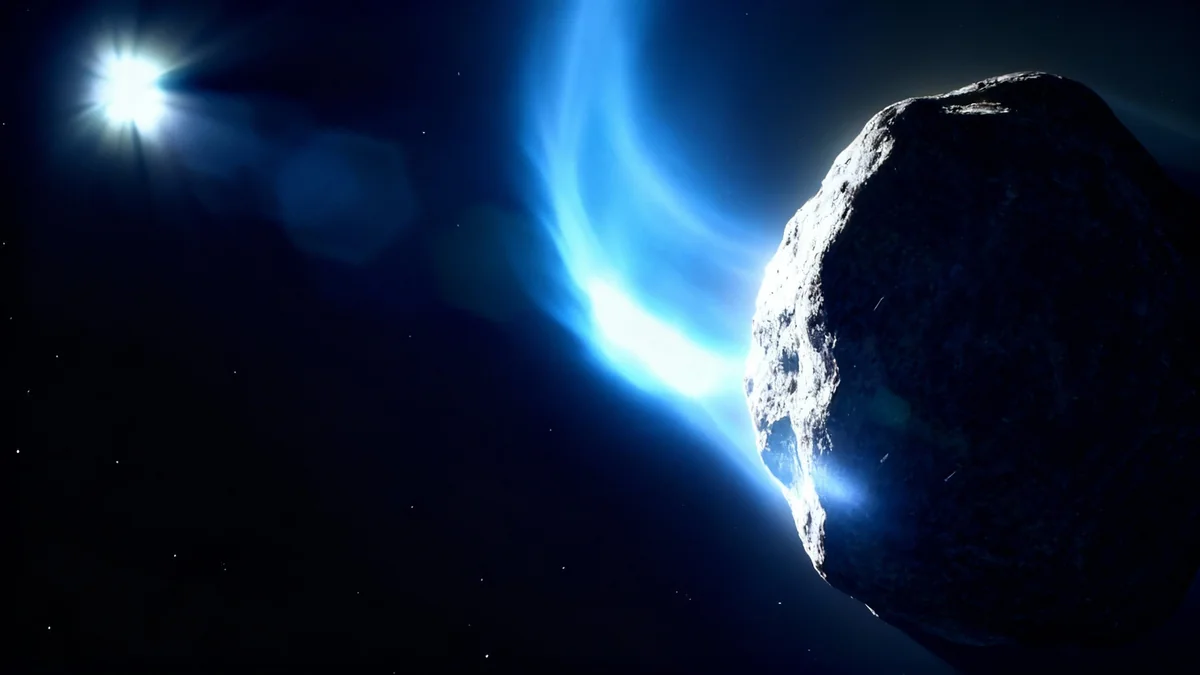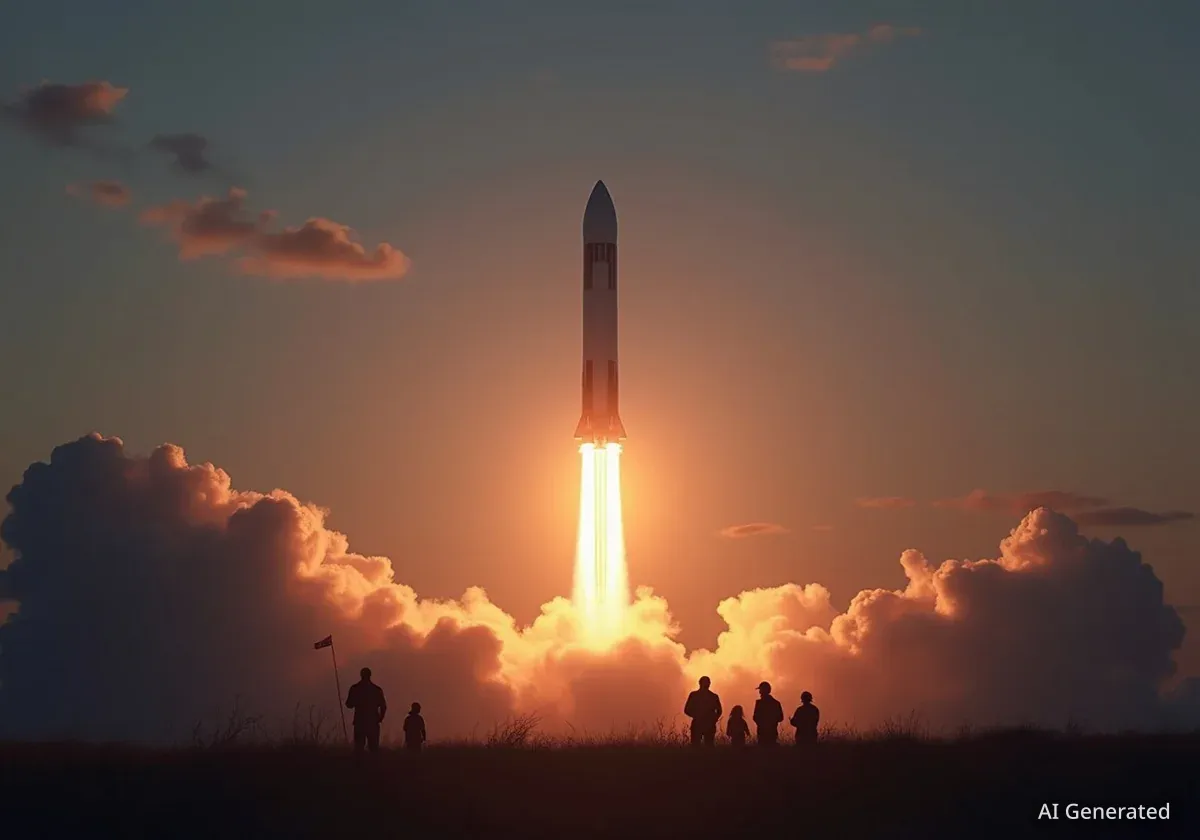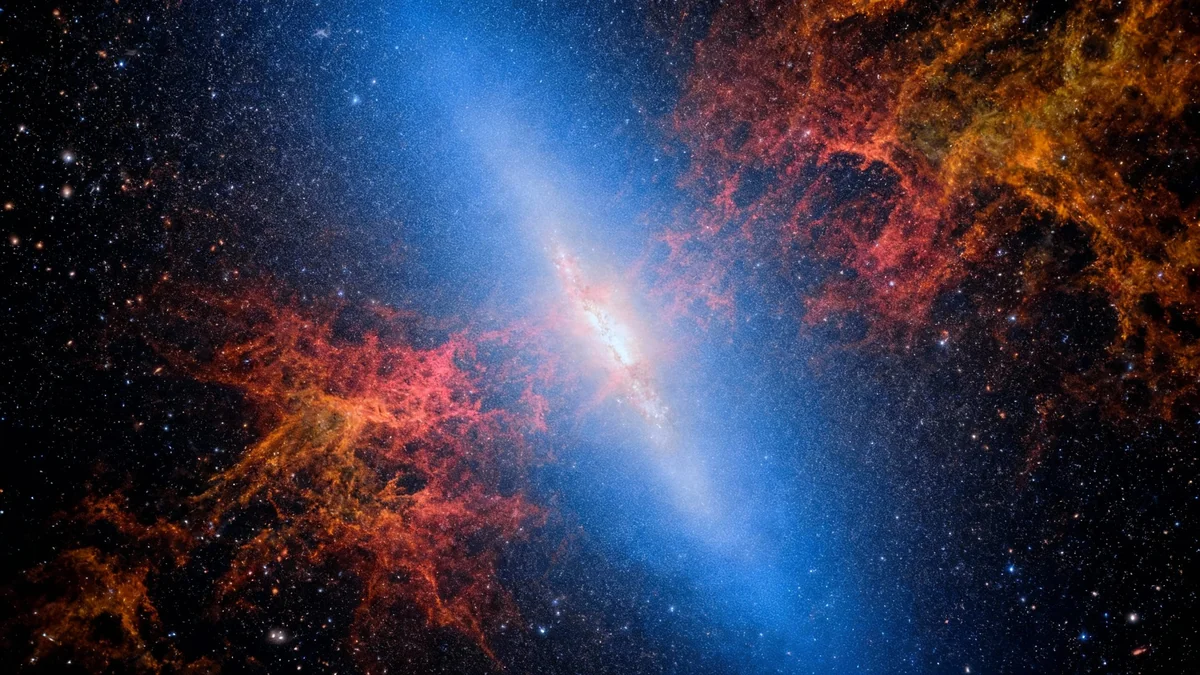Mysterious objects spotted by the James Webb Space Telescope, initially thought to be distant galaxies, may actually be a new type of celestial body: enormous stars powered by supermassive black holes at their cores. This new theory challenges our understanding of how the universe's largest black holes formed in the early cosmos.
A team of international researchers re-examined data on these faint, distant objects, known as Little Red Dots (LRDs), and proposed they could be the primordial seeds of the supermassive black holes that now sit at the center of most galaxies, including our own Milky Way.
Key Takeaways
- The James Webb Space Telescope observed faint objects called Little Red Dots (LRDs) in the early universe.
- Initially believed to be ancient galaxies, a new study suggests they are giant, cool stars.
- Researchers theorize these stars are not powered by nuclear fusion, but by a supermassive black hole at their center.
- This discovery could explain the origin of supermassive black holes, which appear surprisingly early in the universe's history.
A Cosmic Re-evaluation
When the James Webb Space Telescope first began sending back images, astronomers were puzzled by a series of faint, red objects. The prevailing theory was that these were some of the first galaxies, formed much earlier and more maturely than models predicted. This created a significant challenge for theories of galaxy formation.
However, a closer look at the spectral data from these LRDs revealed something inconsistent with a typical galaxy. An international research team decided to re-analyze the initial dataset from 2022, focusing on the unique light signature of these objects. Their findings, published in the journal Astronomy & Astrophysics, suggest an even more extraordinary possibility.
The light from the LRDs doesn't match the combined light of billions of stars in a galaxy. Instead, it looks more like a single, massive star. But these aren't ordinary stars; they appear to be powered by something other than the nuclear fusion that makes our sun shine.
Introducing the 'Black Hole Star'
The new hypothesis is that each Little Red Dot is a colossal star with a supermassive black hole acting as its engine. In this model, the immense gravity of the central black hole pulls in surrounding gas and matter at incredible speeds.
As this material spirals into the black hole, it is compressed and heated, releasing tremendous amounts of energy. This energy pushes outward, creating a brilliant, red-glowing object that mimics the appearance of a very large, cool star. This process would effectively create a stable, star-like body powered by gravitational accretion rather than fusion.
What Are Supermassive Black Holes?
Supermassive black holes (SMBHs) are the largest type of black hole, with masses millions to billions of times that of our sun. They are found at the center of nearly every large galaxy. How they grew so massive so quickly after the Big Bang is one of the biggest unsolved mysteries in cosmology.
This theory helps explain some of the unusual properties of the LRDs. Normal stars hot enough to be this massive would emit much more blue and ultraviolet light. The LRDs, however, are distinctly red and relatively cool, which aligns with the light profile expected from a dense cloud of gas heated by an internal, shrouded black hole.
The Case of 'The Cliff'
Researchers focused their analysis on one particularly prominent object nicknamed "the Cliff," located approximately 11.9 billion light-years from Earth. Its spectral signature provided the strongest evidence against the early-galaxy theory.
"The Cliff cannot originate from a massive, evolved stellar population with an extremely high stellar density," the researchers concluded in their study. They noted that the data from this object was the first for which such a firm conclusion could be drawn based on its light distribution alone.
The atmosphere of the Cliff appears far too thick and dense for a normal star. Scientists suggest this dense, turbulent gas cloud completely surrounds the black hole and its accretion disk. This gaseous shroud would obscure the direct, intensely bright light typically seen from the region around a black hole, like in the famous images of M87* or Sagittarius A*.
A New Kind of Celestial Object
- Appearance: Look like large, cool red stars.
- Power Source: Theorized to be a central supermassive black hole, not nuclear fusion.
- Location: Observed in the very early universe, over 11 billion light-years away.
- Significance: Could be the missing link in the evolution of supermassive black holes.
This dense envelope of gas would absorb the higher-energy light and re-radiate it at cooler, redder wavelengths, explaining why the object appears as a Little Red Dot.
Solving a Cosmic Mystery
The existence of these "black hole stars" could solve a long-standing puzzle in astrophysics: how did supermassive black holes get so big, so fast? Current models struggle to explain how black holes could grow to billions of solar masses in less than a billion years after the Big Bang.
If LRDs are indeed the infant stages of supermassive black holes, it would provide a direct observational link to their formation. We would be seeing the primordial seeds from which the galactic giants grew.
While the theory is compelling, many questions remain. Distinguishing definitively between the light of a shrouded black hole and a very dense, dust-obscured galaxy is a major challenge, even for an instrument as powerful as the Webb telescope. Further observations and analysis will be needed to confirm whether these mysterious red dots are truly a new category of cosmic object.
For now, the Little Red Dots serve as a reminder of how much we still have to learn about the dawn of the universe. Each new image from Webb seems to open up new questions while providing clues to answer some of the oldest ones.





